The First Voice of Australian Feminism: Excerpts from Louisa Lawson’ ‘The Dawn’ 1888–1895
Simon & Schuster/New Endeavour Press, 363 pp, $29.95 hb
A writer ahead of her time
Louisa Lawson’s journal, The Dawn, probably wasn’t as politically influential as we would like to think, despite reliable evidence of a substantial subscription list and a fairly far-flung readership. Its championing of major issues of the day such as Female Suffrage and Marriage and Divorce law reform was relentless, unswervingly logical, and resounding, but the momentum which would bring victory in those and other campaigns for women's rights did not come centrally from The Dawn. And, when Louisa was saluted as Mother of the Suffrage, it was at least as much for her personal efforts – her speeches, public appearances, debates, and formidable public example – as for her ringing editorials and ideological feature articles. Indeed, Louisa’s very first image for the journal (‘phonograph to wind out audibly the whispers, pleadings and demands of the sisterhood’) with its haunting suggestion of Aeolian Harp mixed in with the latest amplification technology, was peculiarly apt in that The Dawn was less a shaper and leader of feminine political opinion than a fearless and unequivocal announcer of it. And, in the early stages at least, it was a more or less solitary voice – which greatly enhanced its importance.
In view of all that, it’s not surprising to find that The Dawn – even allowing for the vicissitudes of its erstwhile dynamism and its engaging, necessary brashness when the first heady wave of the women’s movement in the nineties began to falter at about the turn of the century. The Dawn also succumbed – understandably, given the provocations – to a certain amount of obsessiveness, of which the focus on the outrageous and long-running mail bag fastener scandal and a general and growing paranoia about male (especially GPO male) obstructiveness were the most obvious examples.
Perhaps considerations such as these stood in a general way behind Olive Lawson’s decision to establish a cut-off point at 1895 for her excellent selection from The Dawn. In a brief prefatory note on the principles governing the selection of the text (‘About This Book’), she says there were ‘two reasons’:
As a feasible publishing proposition, the quantity of material had to be limited; and it was in these years (1888–95) that the journal had its greatest impact, the contents of ‘The Dawn’ thus being of greater historic significance during that period than in later years.
This is slightly misleading, I think. Obviously it would be possible to select judiciously from the whole run of issues (1888–1905, excluding those lost) and still satisfy the requirements governing ‘feasible publishing’. And, while it is certainly arguable that by and large The Dawn made ‘its greatest impact’ and had ‘greater historic significance’ during that period, these two criteria are irrelevant to more than half the selection. The topics of ‘Miscellaneous Articles’ (on fashion, child-rearing, domesticity, education etc.), items ‘From the Correspondence Columns’ and ‘Household Hints’ stand apart from the great issues of the day being recorded and debated in the leading articles and are in general not very significantly influenced by them. They tend to roll on regardless. It was not in those areas – where the journal’s quirky distinctiveness was most visible – that The Dawn’s slight latter-day decline became evident.
But whatever the arguments that may be had about it, Olive Lawson’s selection still stands up very well. The long section of Leading Articles with which the book opens is especially good; the coolly trenchant house-style is nicely represented along with Louisa’s own brilliant capacity to identify the essence of an issue and to be uncannily ahead of her time:
There is a great deal of vague talk about the domestic woman and the home woman, the woman whose entire existence is comprehended in the meet-your-husband-with-a-smile platitude that is so old it deserves to be superannuated; but she who narrows her life down to a perpetual smile, while she is all right in theory, for some reason or other in practice is not a success.
A great deal is expected of the nineteenth-century woman, and a great deal more will be expected of her in the next decade. It would be worthwhile for these croakers and would-be philosophers and critics and fault-finders and the whole tribe of malcontents generally to turn their attention to the question: Where will she find a man worthy to be her consort? If, as all of these platitudes inform us, the chief end or aim of woman is to adorn a home, as a matter of primary interest, who is going to provide the home, and, of course, as the first count in this indictment, what sort of provider is it that is to be the mainspring of all this sweetness and light?
There is much more – sometimes acerbic and ironic; sometimes under a palpable restraint in the cause of sweet reason (as in ‘That Nonsensical Idea’); sometimes thundering and declamatory; always stimulating. Olive Lawson’s interesting selection from the miscellaneous articles emphasises marriage, child-rearing, and mother-daughter relationships, an emphasis which in fact catches The Dawn in relatively conservative mood while still allowing suggestion of its major and enduring contribution to women – the attempt to revolutionise their lives at every level. (This theme also emerges in ‘Household Hints’ with the recurrent advice on nutrition, self-sufficiency, natural remedies, exercise for women.)
The publisher’s blurb refers to Olive Lawson’s ‘well-researched annotations throughout’, but in this respect I found the book disappointing. No one wants to be flailing about in a sea of footnotes or (horror of contemporary horrors!) be confronted with something overtly academic, but I suppose there’s a happy medium between that and being too editorially shy.
The First Voice of Australian Feminism has roughly fifty-five footnotes (give or take a couple) in its 360-odd pages. About a quarter of these are explanations of Biblical references quite a few of which the ordinary reader might have been trusted to know. Many other footnotes are explanatory at a fairly simple level. A number of opportunities to widen and deepen the impact of selected texts have been missed.
Two random examples: the leading article for October 1890, ‘Women Warders’ would have been enhanced by a note explaining that Louisa’s championship of this issue led to the only trip she ever made outside of New South Wales in her life. She was invited to Brisbane to launch a petition there for the appointment of women warders to police cells where women were held pending court appearance. Her presence and her stirring address were considered a great coup by the organisers.
Again: the pronounced bitterness of her reply to ‘Poor Widow’, in the section ‘From the Correspondence Columns’, would be to some extent accounted for by a note detailing her efforts to get the youthful Henry into employment in Sydney and the battles with, among others, the GPO that resulted. (It would also have helped, incidentally, if the replies to correspondents, like the articles, were dated.) There are many other excerpts which would have been enriched by an enlarging note or two.
This is not a trivial point no matter how antipathetic we might routinely feel towards footnotes. The impact of an edition like this depends heavily on the quality and arrangement of the selection but partly on the degree to which the chosen material can be economically but illuminatingly set in a context. It is this kind of scholarship in textual editing and selection which helps the reader to appreciate the wholeness, the contemporary relevance, and impact of what otherwise might appear simply entertaining, discrete ‘pieces’.
Nevertheless, The First Voice of Australian Feminism is a delightful and entertaining selection which vigorously opens up to a new and expectant audience, the truculent, ironic, eccentric, revolutionary, idealistic world of Louisa Lawson’s Dawn.



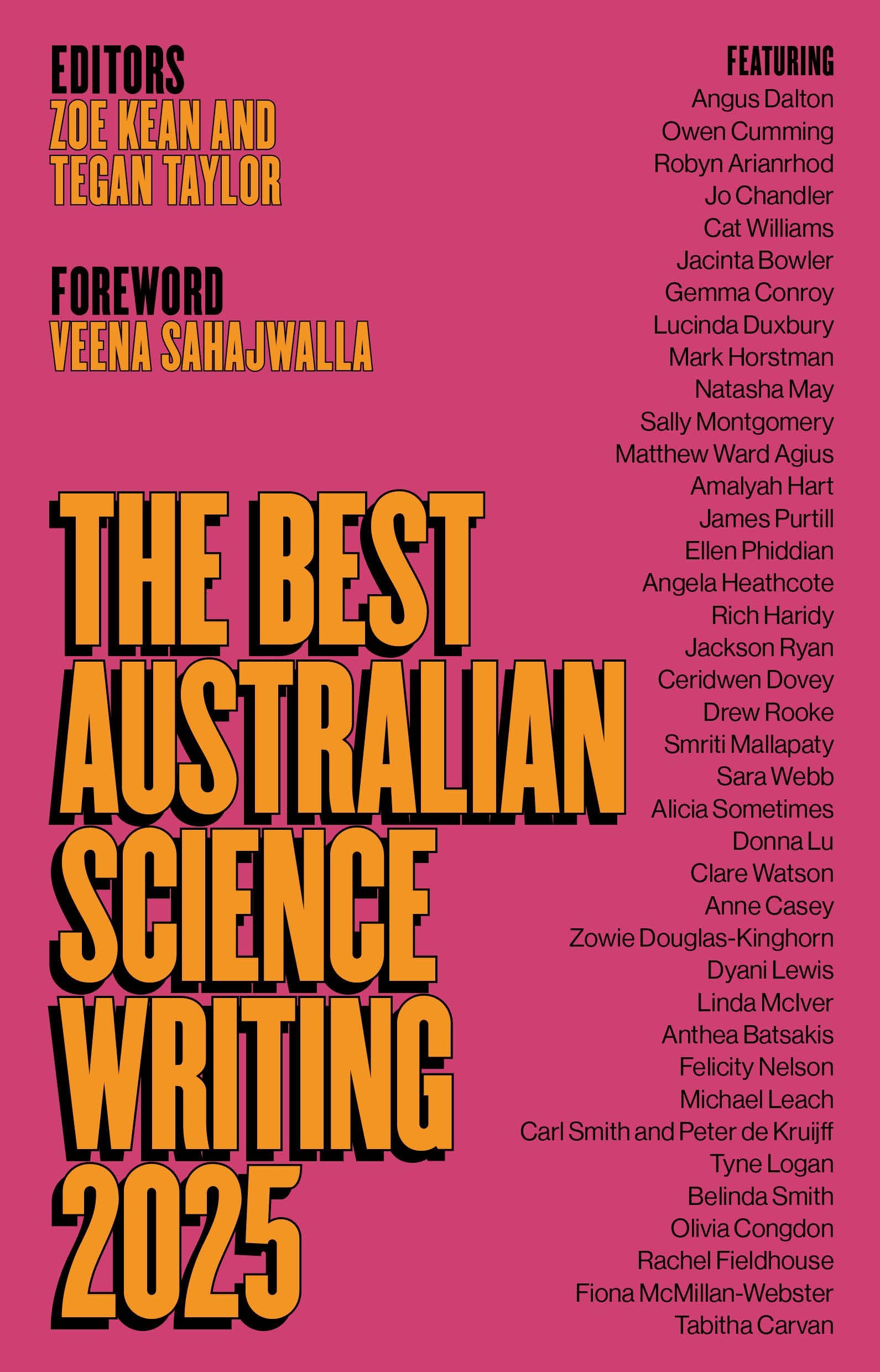

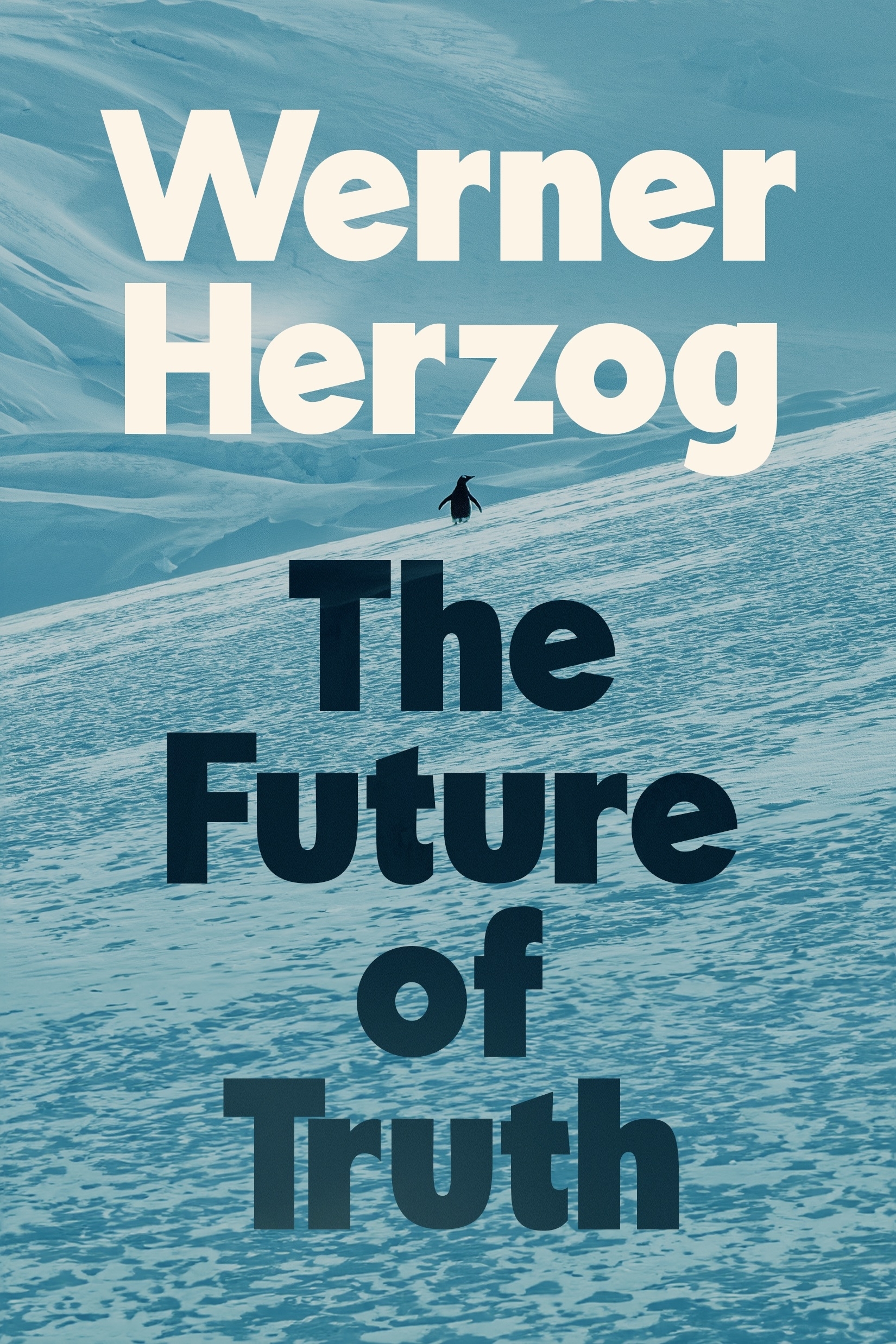
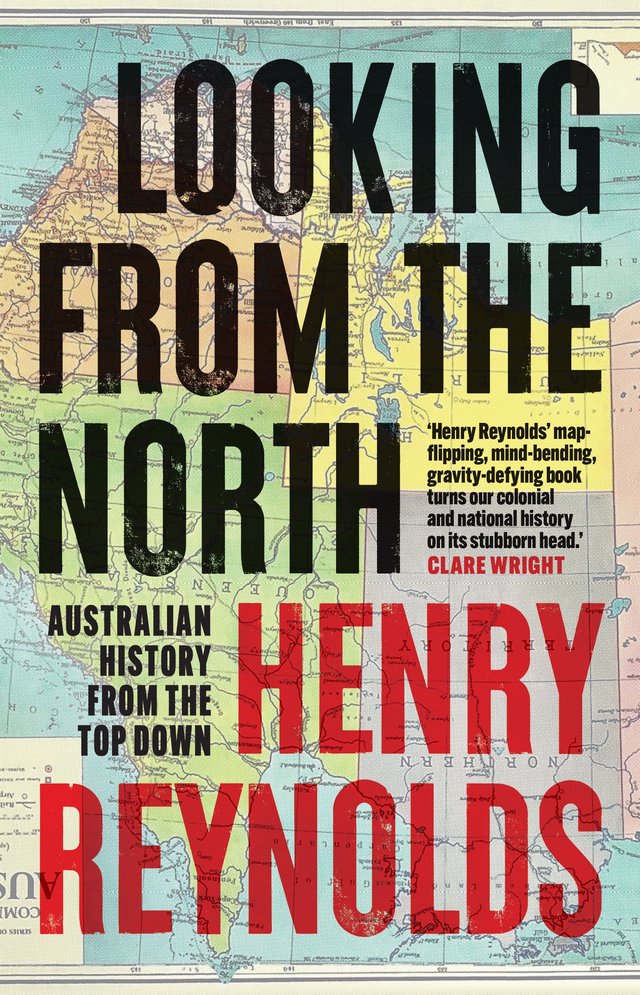
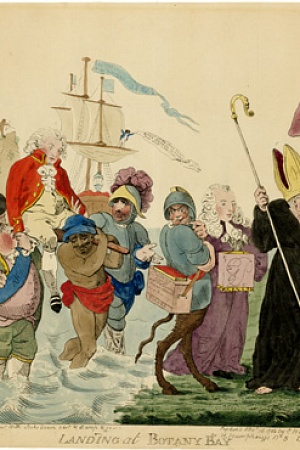

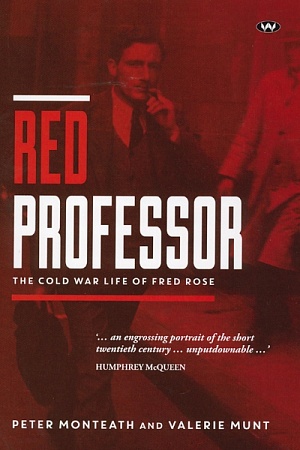

Leave a comment
If you are an ABR subscriber, you will need to sign in to post a comment.
If you have forgotten your sign in details, or if you receive an error message when trying to submit your comment, please email your comment (and the name of the article to which it relates) to ABR Comments. We will review your comment and, subject to approval, we will post it under your name.
Please note that all comments must be approved by ABR and comply with our Terms & Conditions.